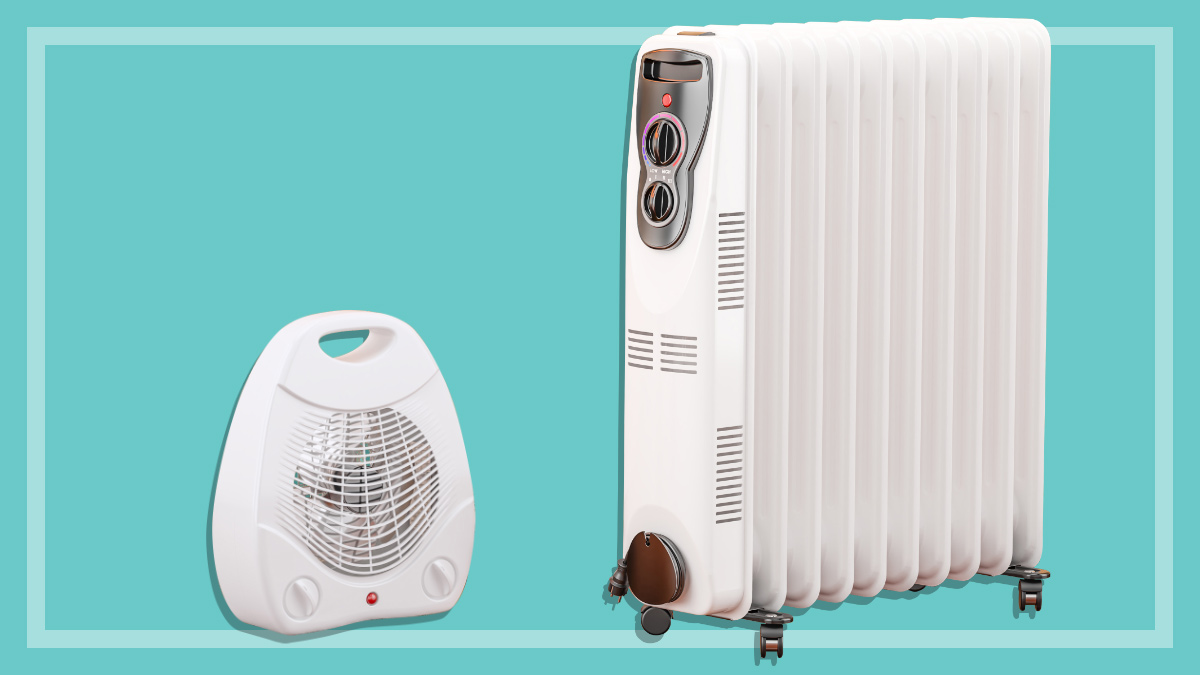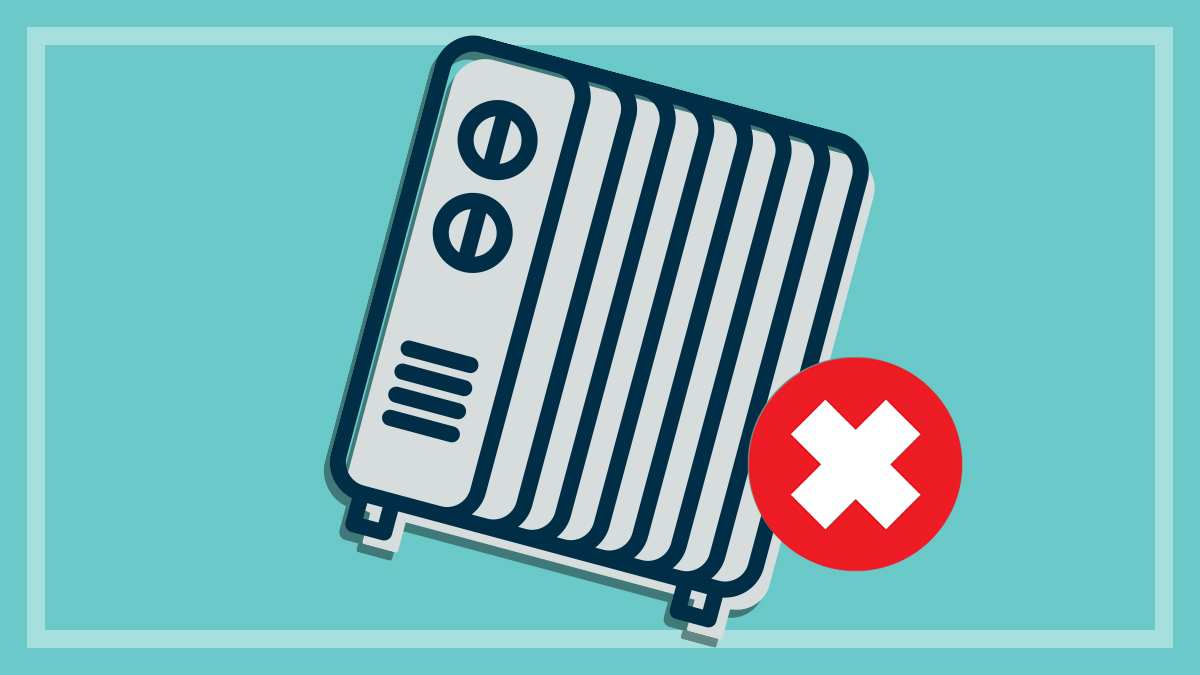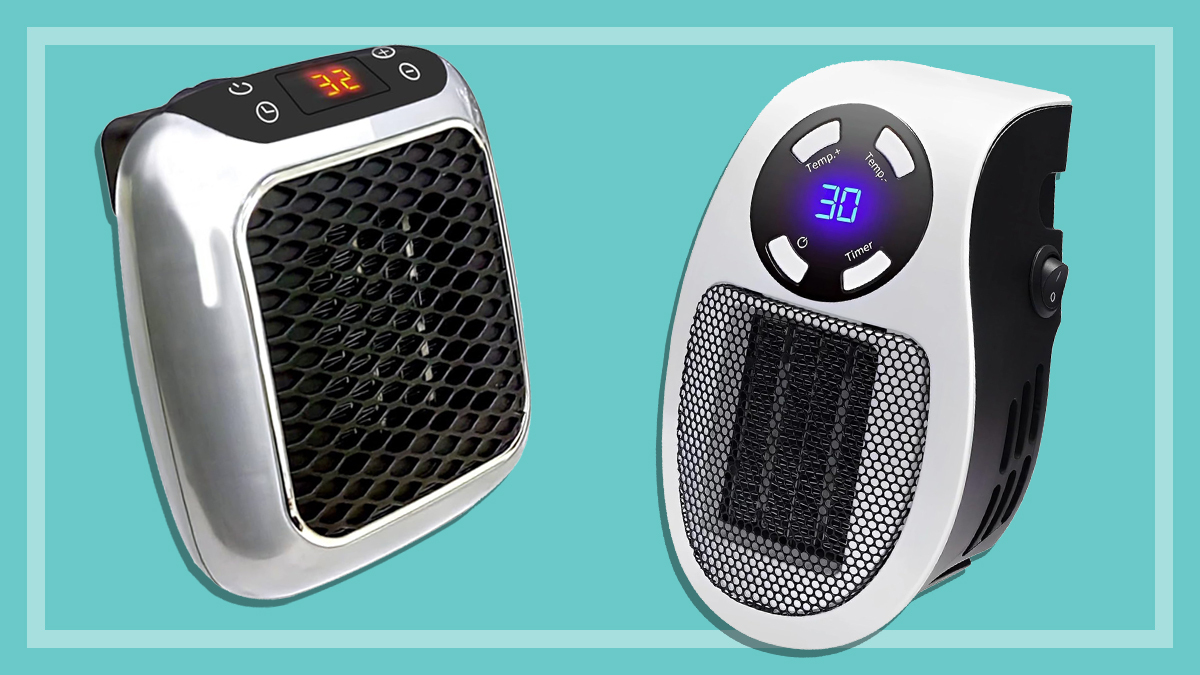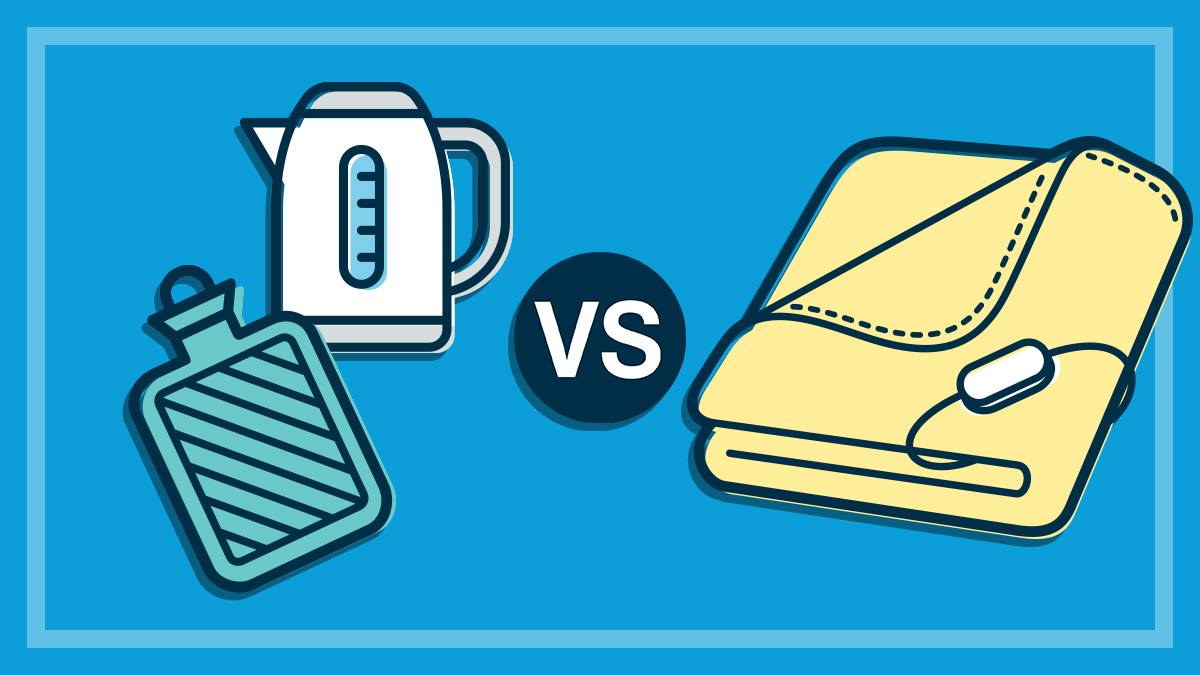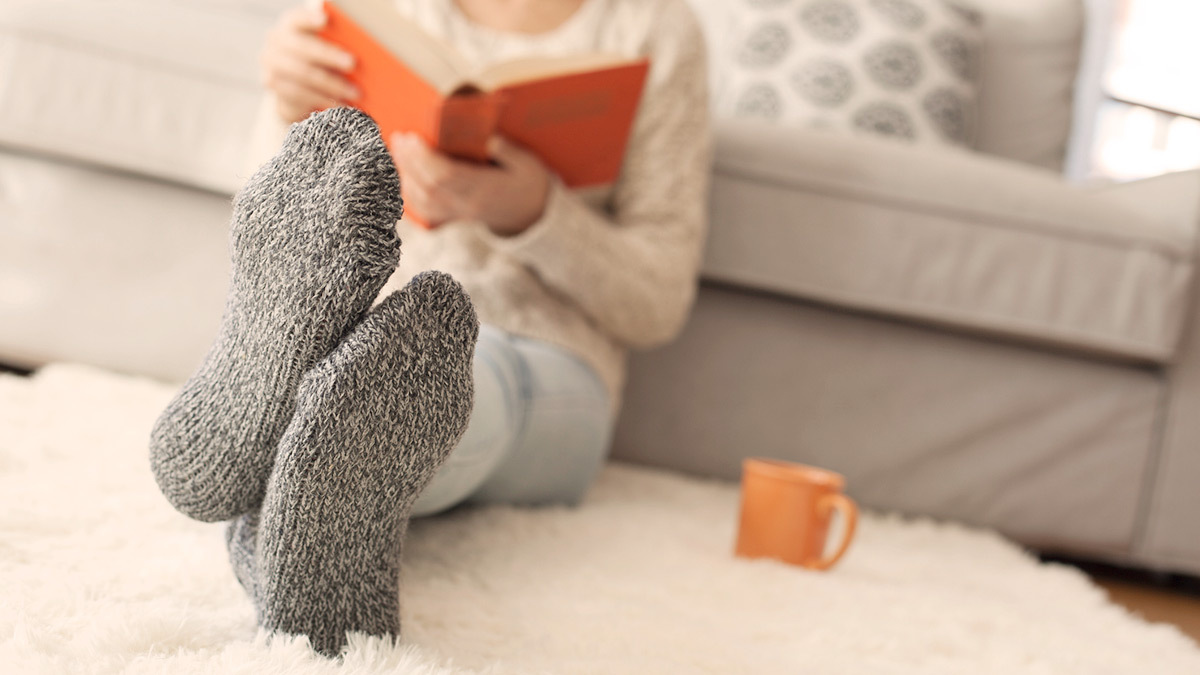Get our independent lab tests, expert reviews and honest advice.
Best heating options for renters
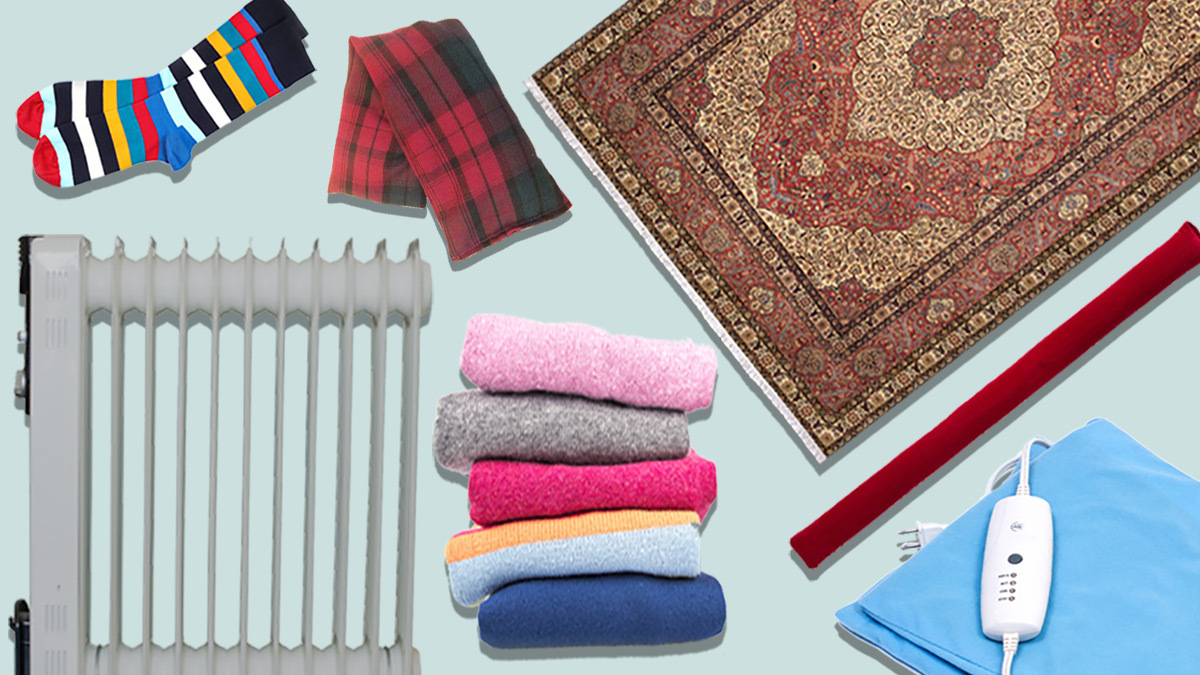
While homeowners may have a wide choice of ways to heat their homes, for renters, warming options can be more limited. After all, you’re not likely to have the desire or the landlord’s permission to invest in a permanent reverse-cycle air conditioner or underfloor heating.
So here are six of the best heating options for renters to keep yourself warm this winter.
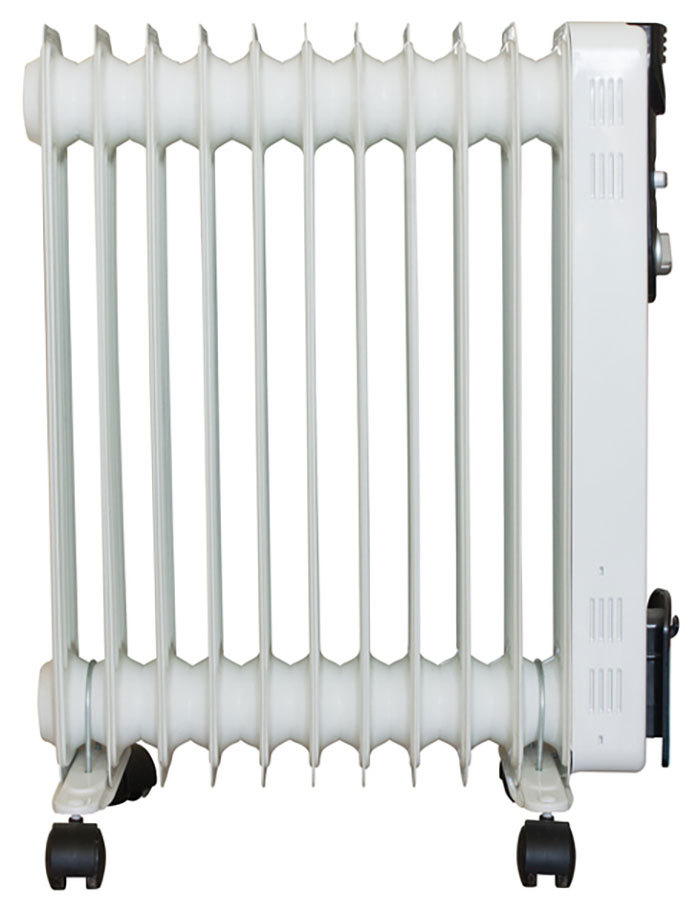
1. Portable electric heaters
There are three different types of portable electric heaters to choose from – fan, oil column and panel.
There are pros and cons to all three, but in the end a good electric heater comes down to overall design rather than type. Here’s how to find the best portable electric heater.
The effectiveness of your electric heater will depend on the size and insulation of the space you’re trying to heat: a tiny heater is not going to be much good to you in a large, cavernous space. But our tests have uncovered plenty of larger heaters that don’t perform well and could cost you a great deal of money over winter.
Whatever option you choose, be sure to check the running costs before you buy. Our tests show that over winter, an electric heater can cost as little as $195 or as much as $508 to run.
Check out our heater reviews to find the best portable electric heater for you, and to discover more efficient ways of heating your home, visit our home heating guide.
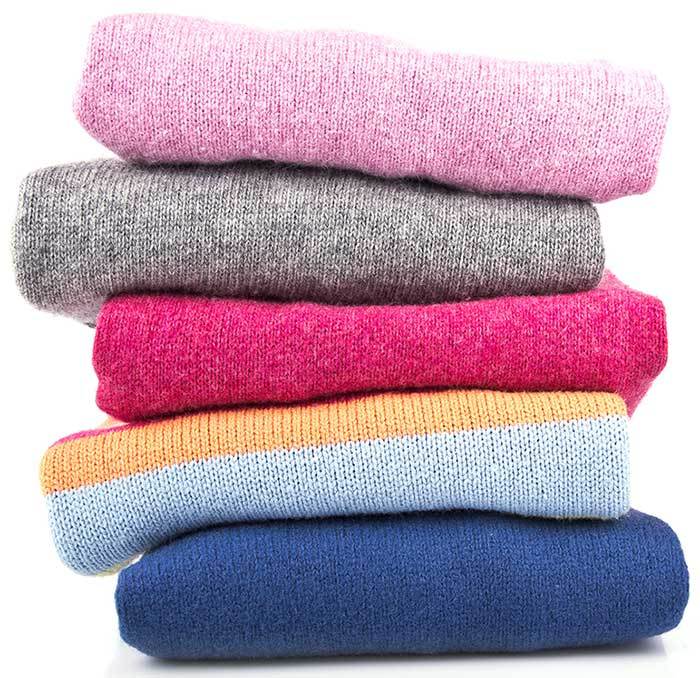
2. Add some layers
Adding layers – to your home and yourself – can really help protect from the cold.
- Cover your floor with a rug, which will work to insulate your room.
- Single-glazed windows can also let the outside cold in – or let the inside warm out. While you can’t add double-glazing to a rented home, you can cover the windows to help retain the heat you’re generating and keep the cold air outside. Covering your windows with a simple blind or curtain will help keep your home cosy through the winter months.
- Covering up goes for your body, too. It’s amazing how effective a pair of thick socks or an additional layer of clothing can be to keep you warm. Layering works by trapping warm air between the layers, helping to insulate you from the cold, so just donning an extra shirt or jumper can be really effective.
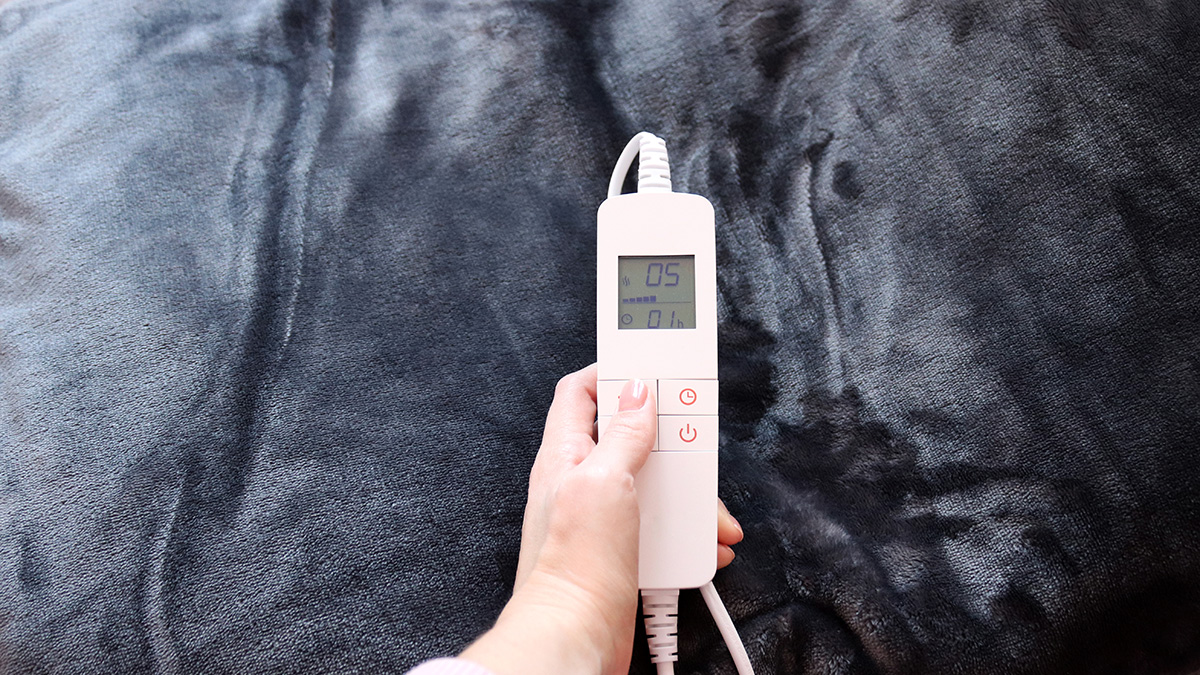
3. Heated throws
If heating your home is proving impossible, you can always try heating the human instead. Heated throws use electricity to warm the blanket and can be used on a lounge or seated at your desk in the home office (a favourite tactic among many CHOICE renters), provided there is a power socket within reach.
CHOICE experts recently reviewed five heated throws from brands such as Kmart and Breville, rating each throw on how well they heat, how quickly they heat up, and how safe and easy they are to use. The products we look at vary in price, from as little as $35 up to $199, and they’re cheap to use: we calculate that all the throws we looked at would cost between $12 and $18 to run across the whole winter. That’s considerably less than an electric heater.
When choosing a heated throw, look for products that conform to Australian safety standards (shown by a tick inside a triangle). To comply, products will need to meet requirements such as not getting dangerously hot. All electric blankets and heated throws must carry AS/NZS 60335.2.17:2012 or later, so look for this when shopping. Be sure to choose a model that you’ll be able to use without any kind of extension cord, as this can cause overheating and create a potential fire risk.
4. Draught busters
Draughts of cold air that enter through gaps in doors and windows can undo all your best efforts to heat your home. But, as a renter, you’ll inevitably need your landlord’s permission to alter any fixtures like window or door seals.
There are, however, a few ways you can eliminate cold draughts.
For draughts making their way under doors, a door-snake could be the answer. These tube-like ‘creatures’, made of simple fabrics like corduroy or canvas and filled with insulating material, can be used to block out draughts. They come in all kinds of different styles and prices and can be bought from most homewares and department stores, such as Bunnings, Big W and Kmart. If you’re crafty, you could even make one yourself.
Another option is to add weather or draught-excluding tape, which you can apply to the underneath or top of doors or windows. It helps plug gaps, keeping warm air in and cold air out. There are different kinds depending on whether you’re sealing doors or windows and your local hardware store should carry all the options.
6 best heating options for renters
That don’t need your landlord’s permission
1. Portable electric heaters – choose a model that’s suitable for the space you’re trying to heat.
2. Covering the floors and windows and adding an additional layer of clothing.
3. Heated throws – heat the human, not the home, but look for a model that meets the appropriate standard.
4. Blocking draughts – tape that fixes to doors and windows can help stop draughts, and don’t forget the old-school, but effective, door snake.
5. Microwaveable wheat bags – these are a gentle and convenient way to warm the body, but don’t overheat them due to the threat of burns and fire.
6. Electric blanket – there are safety issues to consider but they can help take the chill off.
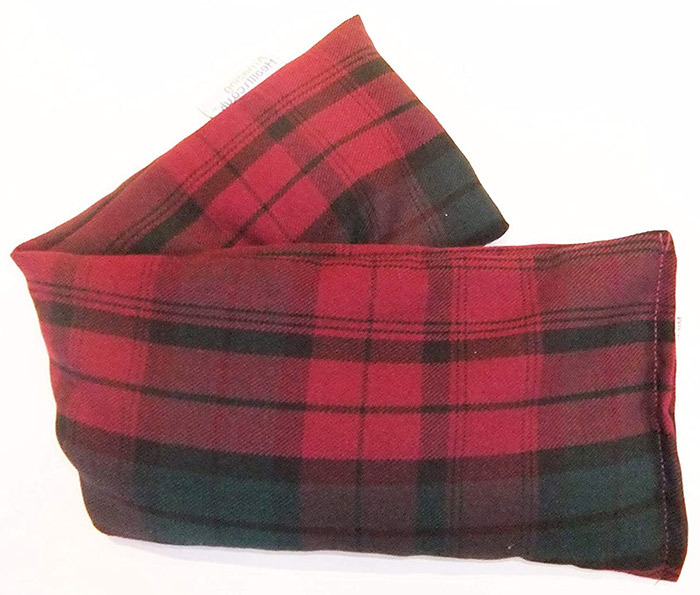
5. Wheat bags
Microwaveable wheat bags are convenient, reusable and a gentle way to warm the body and soothe sore muscles.
If you’re choosing this option, always follow the manufacturer’s instructions, as overheating or reheating a wheat bag that hasn’t fully cooled can lead to burns or fire. They also shouldn’t be used as bed warmers due to the risk of fire.
Wheat bag dos and don’ts
- Don’t microwave for longer than specified by the manufacturer’s instructions.
- Never wrap or cover a wheat bag.
- Avoid products that contain wrapped wheat bags, for example cuddly soft toys containing a compartment for wheat bags.
- To heat a bed, use a hot water bottle or electric blanket instead of a wheat bag. Wheat bags should only be used for direct application to body aches and pains.
- If you notice a burning smell coming from the bag, let it cool and then dispose of it.
- Fragrant oils added to the wheat bag may increase fire risk.
- The organic filling dries out with age and becomes more combustible so check your heat bag for signs of age and scorching regularly.
- CHOICE doesn’t recommend wheat bags be used by children.

6. Electric blankets
Another cosy option for renters is to put an electric blanket on your bed. Turn it on before bed-time with enough time to warm up and then dive in and savour the snuggly warmth of a heated bed.
Electric blankets come in a range of sizes and with numerous heat settings. Some are even programmable and may even have a wool-pile cover, which works as a woollen underlay as well.
Not only do they make for a cosy bed-time, they’re also relatively cheap to run. We calculated that the models in our most recent reviews cost between $2 and $48 to run per winter.
The prices of electric blankets are also relatively low: you can pick up a basic model for as little as $55, though a top-of-the-range version can cost nearly $500.
But there are some safety issues to consider. There have been numerous electric blanket recalls over the years and several electric blanket fires have occurred.
All electric blankets must carry Australian Standard 3350.2.17:2000, so look for this when shopping. Read the instructions and follow the manufacturer’s recommendations for use and care.
For more on what to look for in an electric blanket, read our buying guide.
What about gas heaters?
In recent years, CHOICE has stopped testing and recommending all gas appliances (apart from barbecues). We’d already ceased testing gas heaters in 2017, but in response to the energy transition and the change in modern electric appliances that make them safer, more efficient and cheaper to run, we no longer test any gas appliances.
Modelling by Energy Consumers Australia estimates that going all-electric could cut the average household’s energy bills by $2250, meaning there are good financial as well as environmental reasons to move away from gas.

